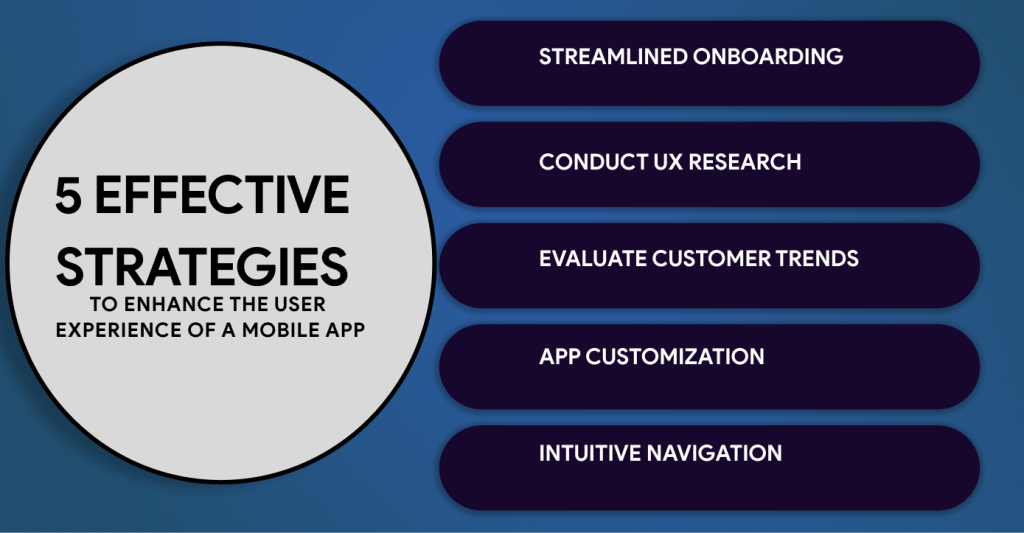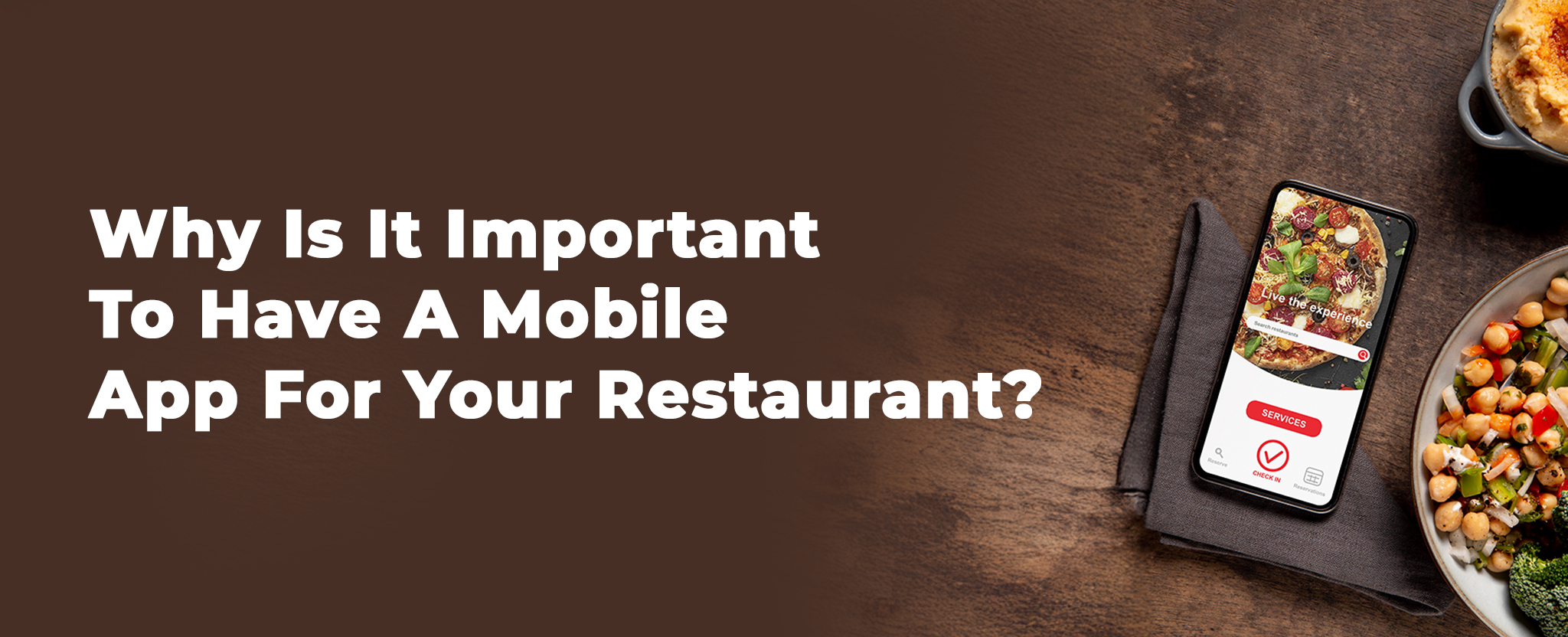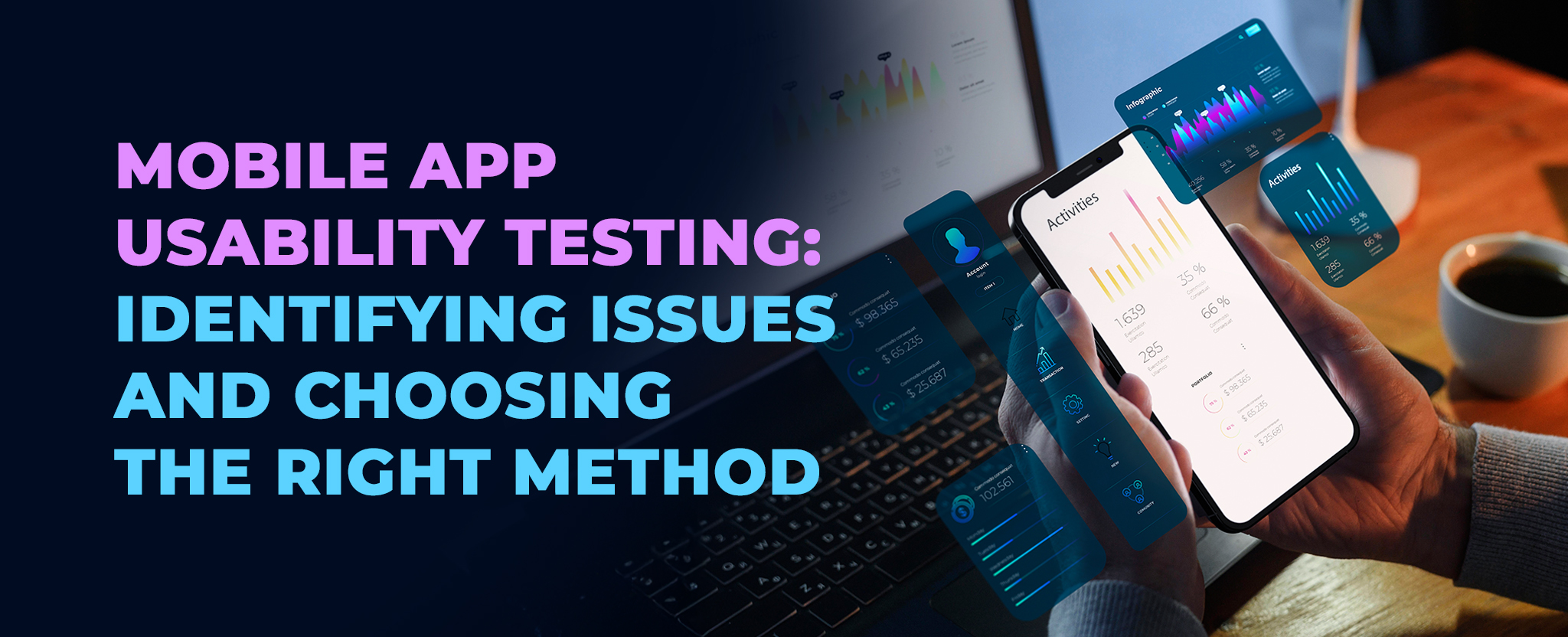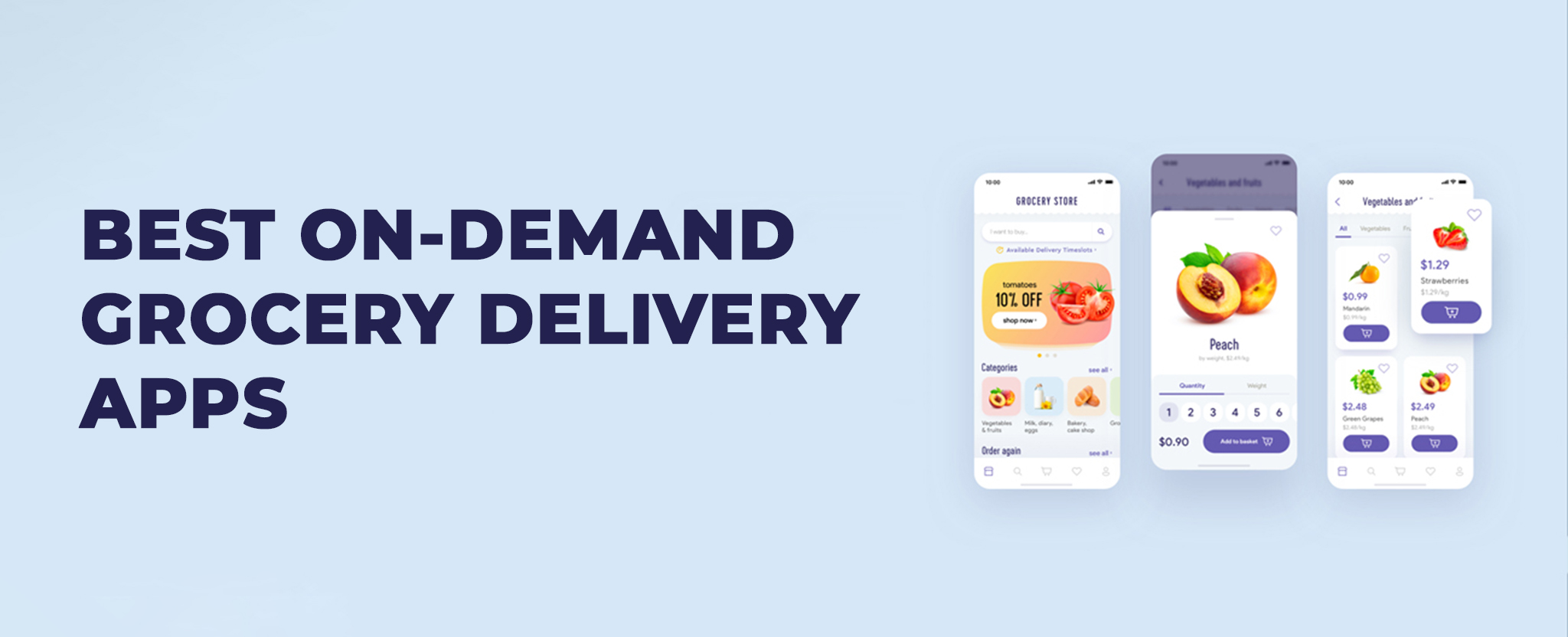5 Effective Strategies to Enhance the User Experience of a Mobile App
1 Jun 23 


Mobile applications are a terrific medium for companies looking to reach a wider audience. However, creating apps that offer a satisfying user experience of a mobile app may be challenging.
Many elements go into the design process, from figuring out your target audience to developing the correct features. Idea confirmation, customer profiles, mobile analytics, and an in-depth marketing strategy are critical foundational elements that boost a mobile app’s probability of success on the market.
A good app is made up of a variety of components. Companies need help managing a stable client experience across the mobile journey. However, the following recommended practices can help improve your mobile app’s user experience (UX).
What is User Experience?
A person’s whole experience when dealing with your company, products, or services via a website or application is known as the “user experience,” or UX. When referring to a mobile app, it refers to the experience an individual feels when engaging with various aspects of the program or navigating through it.
While a bad and challenging user experience might mislead consumers and force them to delete the program, a rich user experience results in happy end users. This, in turn, leads to increased app downloads. A UI/UX specialist (Designing for Success: Fundamental UI/UX Mistakes To Avoid) ensures that the former never happens.
Strategies to Enhance the User Experience of a Mobile App

1. Streamlined Onboarding
The onboarding process may make or break Your app’s performance, which is a crucial part of the user experience. App dropout rates will soar if an individual fails to be onboarded effectively. Onboarding has an impact on customer satisfaction for a variety of reasons.
However, it’s crucial to avoid confusing your users. Therefore, you should provide consumers with simple instructions throughout the onboarding process for mobile apps. The onboarding process will be less enjoyable if excessive data is provided.
Therefore, to increase conversion rates, you should abandon a few of the app’s features for the consumer to find. Refrain from describing each function excessively; show customers what benefits your software offers them.
2. Conduct UX Research
It’s critical to conduct an in-depth analysis of what is usually prevalent in mobile app UX and what is currently prevailing in your particular app category in a sector where UX patterns change frequently.
You must be flexible to meet client requests, examine the enormous landscape, and comprehend emerging UX patterns. For example, UX themes developing in 2022 include visuals, motion design, augmented reality, and virtual reality (VR).
It would be advantageous if you investigated what other companies are doing to understand the demands for your UX, particularly when it comes to category-specific developments. For instance, consumers expect food delivery apps to easily track their food’s placement, travel, and delivery in real-time, frequently by integrating a map component that shows the delivery status.
3. Evaluate Customer Trends
You may enhance your user experience (UX) by analyzing high-level patterns in the number of users to determine when and how your target market is abandoning your app. Analyze patterns regarding session length, session count, app downloads and uninstalls, and other metrics.
Understanding where and when consumers get disinterested or fail to act may help you determine what aspects of your user experience need to be improved. These findings also point out specific areas where you ought to improve.
The number of users engaged on your site on an ongoing and monthly schedule is measured by statistics like Daily Active Users (DAU) and Monthly Active Users (MAU). DAU and MAU are retention measures that show where in your UX consumers are leaving the application and how effectively your product retains users as time passes. The Key Performance Indicators (KPIs) for many mobile-first firms are these parameters.
4. App Customization
Both UI and UX (The Difference Between UX and UI Design) are active concurrently. For example, an excellent user experience would be evident if the app’s UI were visually pleasing, easy to navigate, and entertaining.
What considerations must you make while designing the UI for your app? The app should appear open to start. Customers would leave if they got such a feeling that it has a good user interface. Ensure the app’s aesthetics easily communicate the data you want customers to understand.
The colour scheme should be consistent throughout the application; utilize colours and fonts representing your brand. Sustain uniformity with colour and typeface over all call-to-actions, including the menu bar, add to cart, checkout, and other buttons. When viewers go between pages or take action, you may additionally employ animated transitions to make the change evident and fluid.
5. Intuitive Navigation
Navigation is a crucial aspect of mobile user experience (UX) design. All users should find it simple to operate and navigate your software. Your mobile application’s user experience (UX) design and placement significantly influence how consumers view it.
However, consider incorporating user onboarding into complicated programs where users must set several parameters before using them. Additionally helpful to those with little technological skills is customer onboarding.
We can all agree that simplicity is frequently ideal; however, why is simplicity so crucial in user experience design? A complex wireframe will be difficult for the typical user to read and comprehend.
Making things as simple as feasible for your consumers should be our UX design priority. This ensures they can utilize your software without difficulty or frustration. Your app’s navigation should be simple enough that users unfamiliar with it may use it easily.
Summing Up
The mobile experience you design should entice customers to download and utilize the app again. You need to start putting best practices for your mobile application into practice if you want to achieve this. When creating a mobile app, keep user goals in mind. Increased customer withdrawal rates and poor ratings might arise from a mobile app’s UX need to be addressed.
Therefore, building an interactive experience that will keep users returning to your app is crucial to avoid typical mobile app UX problems. You should know that customer experience is essential to all mobile app creation stages, not just the development stage.
Therefore, collaborating with a mobile app development company like Mindster is crucial, which recognizes the value of customer content and can provide knowledge to create an outstanding customer experience.
- Android Development3
- Artificial Intelligence27
- Classified App3
- Custom App Development2
- Digital Transformation11
- Doctor Appointment Booking App13
- Dropshipping1
- Ecommerce Apps38
- Education Apps2
- Fintech-Apps35
- Fitness App2
- Flutter3
- Flutter Apps19
- Food Delivery App5
- Grocery App Development1
- Grocery Apps3
- Health Care7
- IoT2
- Loyalty Programs9
- Matrimony Apps1
- Microsoft1
- Mobile App Maintenance2
- Mobile Apps120
- Product Engineering5
- Progressive Web Apps1
- Saas Application2
- Shopify7
- Software Development1
- Taxi Booking Apps7
- Truck Booking App5
- UI UX Design8
- Uncategorized4
- Web App Development1



















Comments